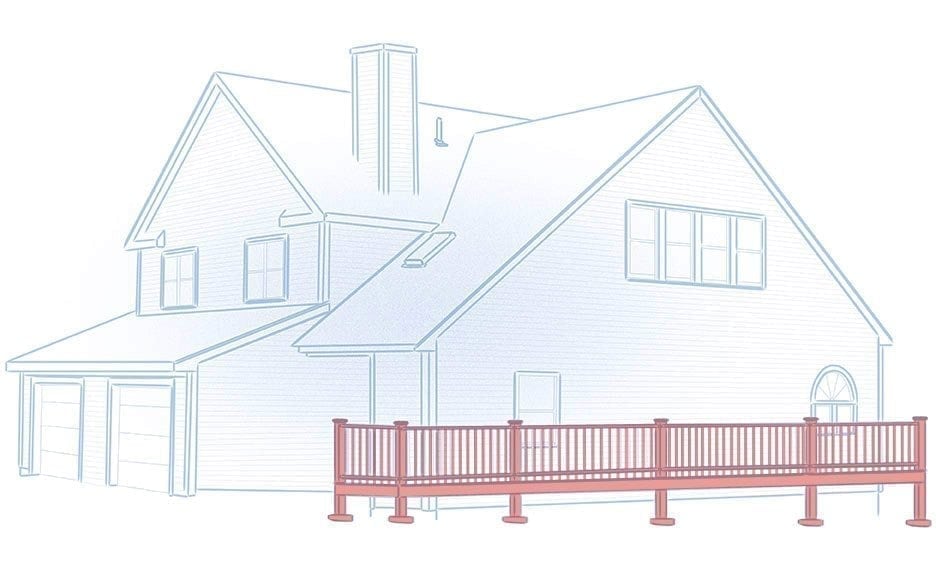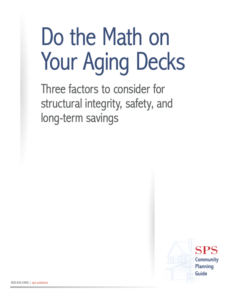SPS is a very professional company, easy to work with, and performs quality work. Everyone is driven by client focused solutions. They rely on each other and work as a team to execute what they do best — highest-value, long-term solutions. As a condominium community, we could not be more fortunate to have SPS supporting us.
Riverbend Condominium Trust


